Top 10 Species Science is Trying to Bring Back From Extinction
People learned from Jurassic Park that anything is possible if you have the will, the drive, DNA that dates back 65 million years, and made-up science on your ... read more...side. Science has some additional restrictions in the real world, but that doesn't mean people aren't trying to revive dead animals (or, in some cases, the brink of death). In reality, they have been focusing their efforts on a variety of species for years.
-
There is no other animal that receives as much media attention as the woolly mammoth. It serves as the model for an extinct species that science is soon to bring back. And while efforts are being made to bring them back, the story behind them is revived much more frequently than the mammoths themselves.
In 1996, the notion of cloning a mammoth was advanced. In 1999, researchers discovered the frozen remains of a mammoth, from which they intended to extract DNA. It was discussed in 2003. Additionally, in 2005, The mammoth genome was then completely sequenced in 2008. Naturally, more stories of their resurrection appeared as a result in 2011, 2012, 2013, and 2014. Elephant cells were given mammoth DNA in 2015. In 2017 and 2019, they were on the "verge of resurrection." We left off in 2021 when a daring new business was prepared to bring the mammoth back. Mammoths will exist in 25 years, which is just around the corner.
Given how many people are plainly interested in it, the potential is definitely there, and if ever an extinct creature was going to make a comeback, it would be the mammoth. Additionally, our most recent round in 2021 received $15 million in investment. Results should be available in less than 25 years.Kingdom: Animalia
Phylum: Chordata
Class: Mammalia
Order: Proboscidea
Family: Elephantidae
Subfamily: Elephantinae
Tribe: Elephantini
Genus: †Mammuthus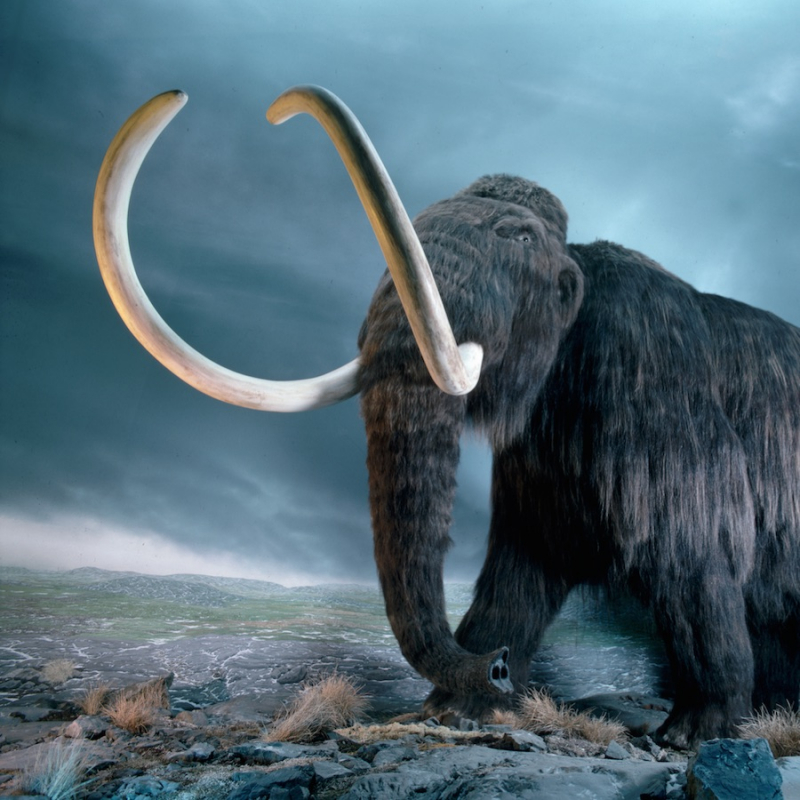
https://cosmosmagazine.com 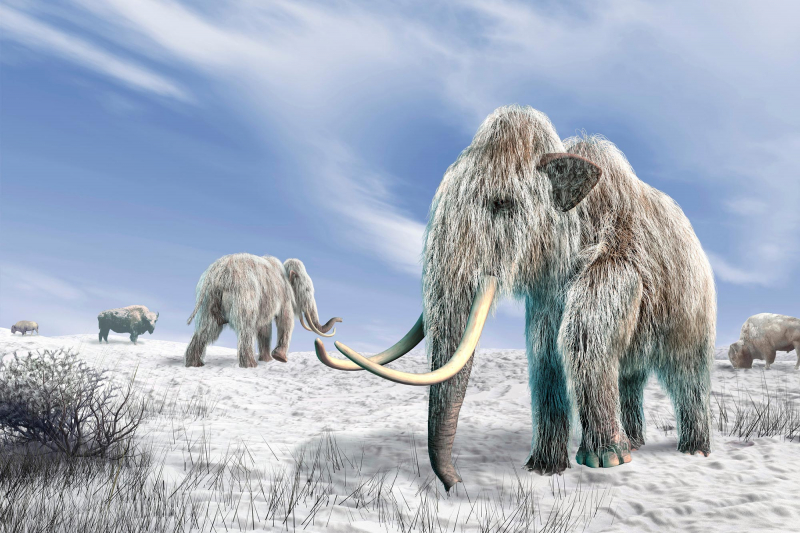
https://scitechdaily.com -
The quagga, a zebra ancestor, was the first extinct creature whose DNA was sequenced. In 1878, it was hunted to extinction. The Quagga Project has been working for years to successfully resurrect the animal. The quagga's estimated length was 257 cm (8 ft 5 in) and its shoulder height was 125–135 cm (4 ft 1 in–4 ft 5 foot). It was distinguishable from other zebras by the little pattern of stripes on its body, which were generally brown and white and mostly on the front.
The back looks more like a horse because it was brown and had no stripes. Between people, there was a big variation in how the stripes were distributed. The quagga's behaviour is unknown, but it is possible that it congregated in herds of 30 to 50 animals. While being described as wild and vivacious, quaggas were also thought to be more gentle than the closely related Burchell's zebra. In the past, they may be found in large numbers in South Africa's southern Orange Free State and the Karoo of the Cape Province.
Similar to the aurochs, the quagga was brought back by a backcrossing technique in which zebras were crossed to provide the necessary traits of the extinct subspecies. The Quagga Effort was successful, in contrast to the ongoing aurochs project. Only six of the more than 100 animals that have been bred exhibit the characteristics that distinguish quaggas. The idea is to keep breeding them until there is a herd of 50, at which point they would be allowed to coexist and behave like animals would in the wild.
Kingdom: Animalia
Phylum: Chordata
Class: Mammalia
Order: Perissodactyla
Family: Equidae
Genus: Equus
Species: E. quagga
Subspecies: †E. q. quagga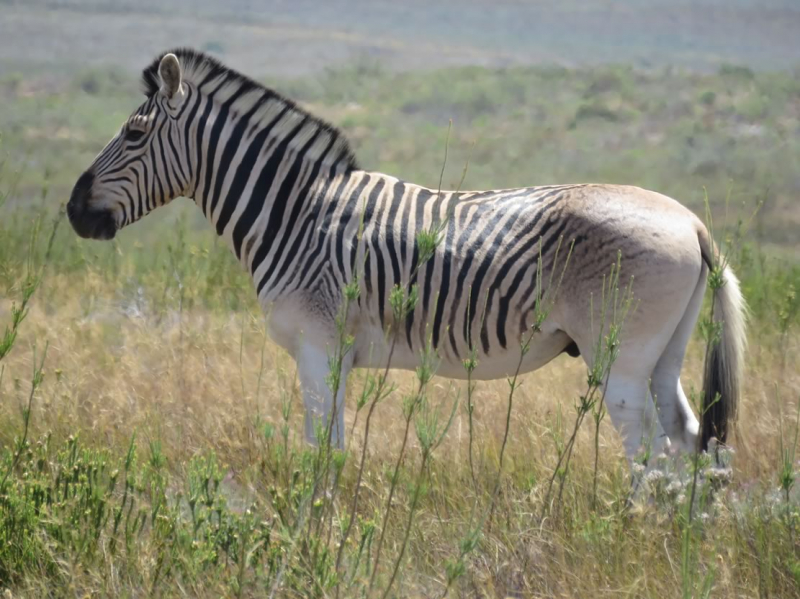
https://www.quaggaproject.org neo channel on Youtube -
There used to be several extinct moa bird species in New Zealand. They are thought to have vanished between 600 and 700 years ago, not long after humans first arrived on the island. Like their contemporary cousins the emu and the ostrich, they were enormous, flightless birds that reached heights of around 12 feet.
Ratite is the conventional classification for moa. The flighted South American tinamous, hitherto thought to be a sister group to the ratites, have been discovered by genetic analyses to be their closest cousins. Only the nine species of moa are wingless birds, as all other ratites have wings at least in part. Prior to the arrival of the Mori, they were the largest terrestrial mammals and the predominant herbivores in New Zealand's forest, shrubland, and subalpine environments, and they were solely hunted by the Haast's eagle. Within 100 years of human settlement in New Zealand, the moa became extinct, mostly as a result of overhunting.
Using DNA from a museum sample, the tiny bush moa's genome—a turkey-sized relative of the larger moa—was almost completely decoded in 2018. Up an effort to sort everything out and maybe save the moa from extinction, the genetic information gaps will be filled in with that of the contemporary emu. The technique is laborious since there needs to be a lot of fine tweaking to fill up those genetic gaps, but if it succeeds, the birds might one day come back.
Kingdom: Animalia
Phylum: Chordata
Class: Aves
Infraclass: Palaeognathae
Clade: Notopalaeognathae
Order: †Dinornithiformes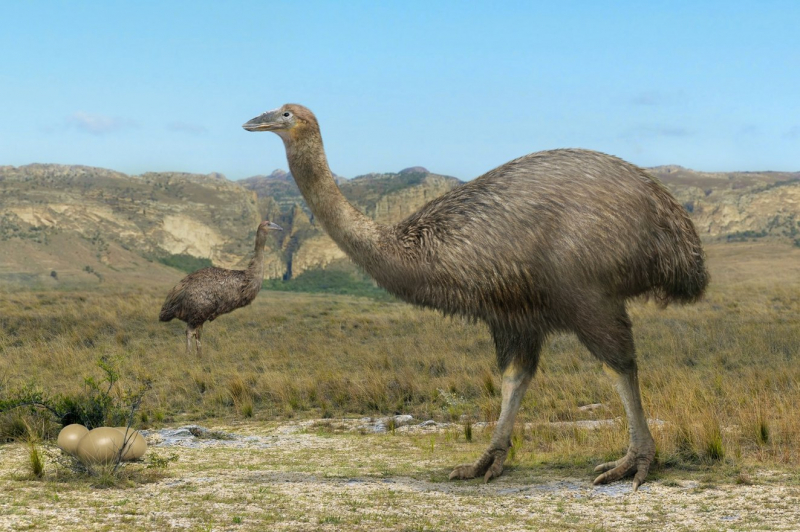
https://www.magazineup.com/ Henry the PaleoGuy channel on Youutbe -
Perhaps you've never heard of a Caspian tiger. They resided in regions of Central Asia, Iran, and Turkey. With the past century, sightings declined over time, and since the 1960s, they have been extinct. There is an intriguing proposal to bring back tigers in a method that is very different from the genetic magic being used to bring back other species like passenger pigeons and gastric-brooding frogs.
By pointing out that the Siberian tiger, a near relative of the Caspian tiger, is almost precisely the same, a plan to reintroduce the tiger species virtually avoids the problem of generating a Caspian tiger. It can also survive in the same arid environment where the Caspian tiger once lived. Because of this, it has been suggested that we simply introduce Siberian tigers into the Caspian region and call it a Caspian tiger.
The strategy would need creating a sustainable population of extinct hoofed creatures in the area first, which may take years. However, once that has been accomplished, a new tiger population may be sustained. Despite how absurd it seems, it's thought that 40 tigers could grow to 100 in 50 years. And given that there are currently just 500 Siberian tigers left in the world, this is a huge advance for the species. Even if we now have to act as though they are Caspian tigers.Kingdom: Animalia
Phylum: Chordata
Class: Mammalia
Order: Carnivora
Suborder: Feliformia
Family: Felidae
Subfamily: Pantherinae
Genus: Panthera
Species: P. tigris
Subspecies: P. t. tigris
Population: †Caspian tiger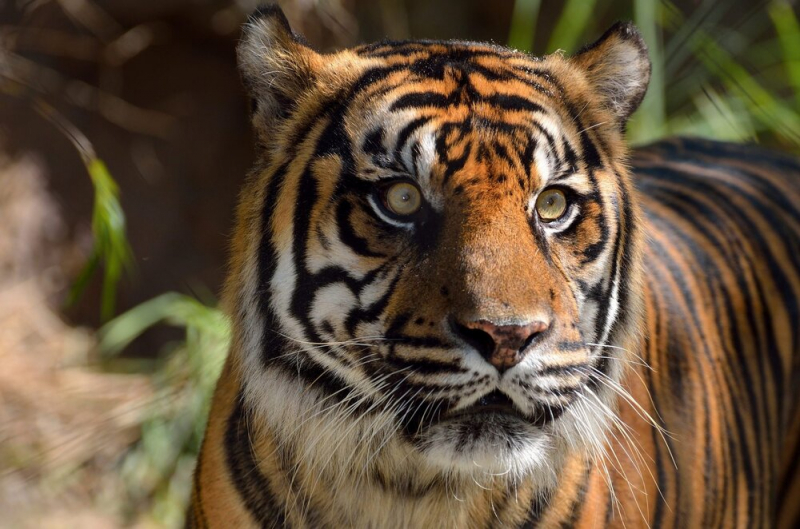
https://www.tehrantimes.com/ Fact Fiend channel on Youtube -
There were occasions in the 1800s in the United States and Canada when flocks of passenger pigeons numbering in the tens of millions took to the air, blocking the sun from the sky. Their population was estimated to number in the billions. The sheer weight of the pigeons trying to roost on the trees caused them to fall. Then they disappeared. In 1914, the final known passenger pigeon perished.
Hunters had an easy time getting the pigeons. The introduction of the telegraph and railroads meant the end of the birds because it was now simple for hunters to locate flocks. They were hunted, and people would literally pack the creatures into barrels and ship them away. This, combined with habitat loss, signalled their demise.
A organisation called Revive and Restore is trying to modify the band-tailed pigeon's genetics so that it can spawn passenger pigeons. Passenger pigeons could perhaps thrive once again once they've effectively rewritten the genetics of the band-tailed pigeon, which are already pretty similar to those of their extinct cousins.
Kingdom: Animalia
Phylum: Chordata
Class: Aves
Order: Columbiformes
Family: Columbidae
Genus: †Ectopistes
Species: †E. migratorius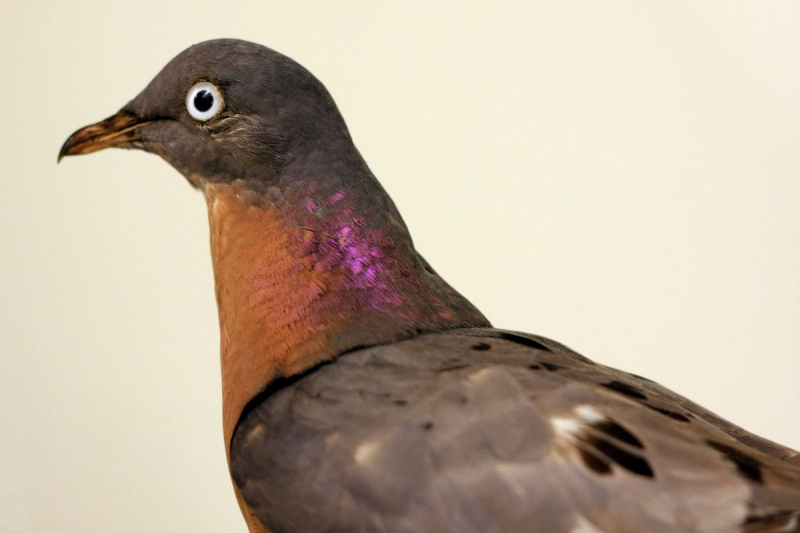
https://www.vox.com/ Today I Found Out channel on Youtube -
In Europe, the last known aurochs perished in 1627. These large, prehistoric cows were the current cow's distant relatives. Bulls could weigh up to 1,000 kilogrammes, or 2,200 pounds. There have been numerous attempts throughout the years, dating back to 1920, to reintroduce the species. These attempts have not always used cunning genetic engineering or cloning; rather, they have involved back-breeding the species into existence.
The aurochs is essentially a distant relative of modern cattle. Therefore, the strategy is to selectively breed existing cow species to get the desired aurochs traits. These desired traits can be extracted and propagated over generations of back-breeding until a contemporary counterpart of the aurochs is once more present. It is similar to how any breeder of animals may selectively breed animals like cats or dogs to successfully develop a new breed. After all, cockapoos did not appear out of thin air.
There were millions of herds of the animal, which once ruled Europe. larger, leaner, and able to produce more milk than contemporary cows. Within 20 years, plans like Project Tauros want to have a nearly identical contemporary aurochs grazing on fields.Scientific classificationedit
Kingdom: Animalia
Phylum: Chordata
Class: Mammalia
Order: Artiodactyla
Family: Bovidae
Subfamily: Bovinae
Genus: Bos
Species: †B. primigenius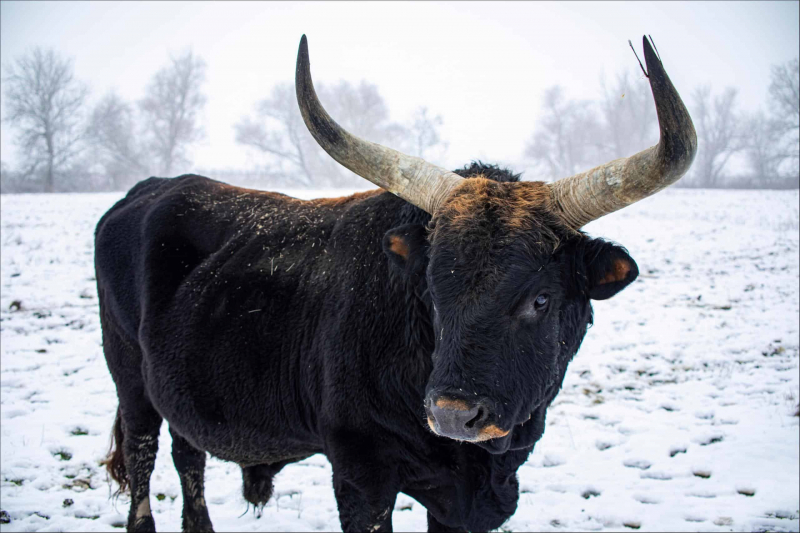
https://a-z-animals.com/ EuropeanWildlife channel on Youtube -
The tiny, harmless tequila fish is not widely known. Only one river in the entire world, close to Mexico's Tequila volcano, was home to the small creatures. They became extinct in 2003, but few people were aware of it. Yet, that does not imply that nobody did.
Even though tequila fish were just two inches long and only lived in this one river, they were still valuable to society. They fed on disease-carrying mosquitoes and supplied fish and birds with food. They were just as necessary as all the other species in the cycle of life. Even before the fish went extinct, scientists who understood the species was in danger started making plans to save it.
Five breeding pairs of fish were shipped back to Mexico in 1998 from an English zoo. A university there started a programme to rescue the species, and by 2012, they were prepared to move some of their small charges to a pond on the school grounds. 80 fish were put in the pond so that they would have to hunt and be hunted. It was thought that the fish may be released back into the wild if they made it. In the pond, there were 10,000 tequila fish by 2016.
After educating the community about conservation, the value of preserving the fish, and the necessity of maintaining the river's cleanliness, 1,500 were released in 2017. They multiplied, and today the population of their original river home is stable once more.Kingdom: Animalia
Phylum: Chordata
Class: Actinopterygii
Order: Cyprinodontiformes
Family: Goodeidae
Genus: Zoogoneticus
Species: Z. tequila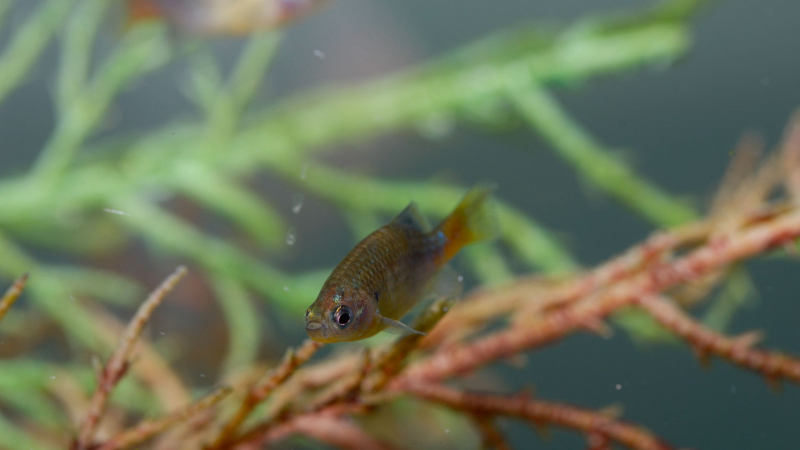
https://www.poema-del-mar.com/ BBC News channel on Youtube -
The Tasmanian Tiger, commonly known as a thylacine, was a carnivorous marsupial rather than a cat. The species was last observed in the wild some time in the 1930s, and by 1936, when the last animal in a zoo died, it was thought to be extinct. The animals were hunted to extinction in Tasmania due to a bounty placed on them by officials.
After more than a century, in 2022, researchers have made a significant advancement that may one day allow Tasmanian tigers to be brought back from the dead. Recently, the numbat's genome was decoded. The genetic makeup of numbats, an endangered marsupial, may be 95% identical to that of the extinct thylacine. Knowing one could give you enough knowledge to bring the other back to life.
Amazingly, because of technological advancements, deciphering the numbat's genome was a remarkably easy and reasonably priced process. In 2009, it cost $2.9 billion to decode the human genome. The identical thing for the numbat cost $1,000.
Kingdom: Animalia
Phylum: Chordata
Class: Mammalia
Infraclass: Marsupialia
Order: Dasyuromorphia
Family: †Thylacinidae
Genus: †Thylacinus
Species: †T. cynocephalus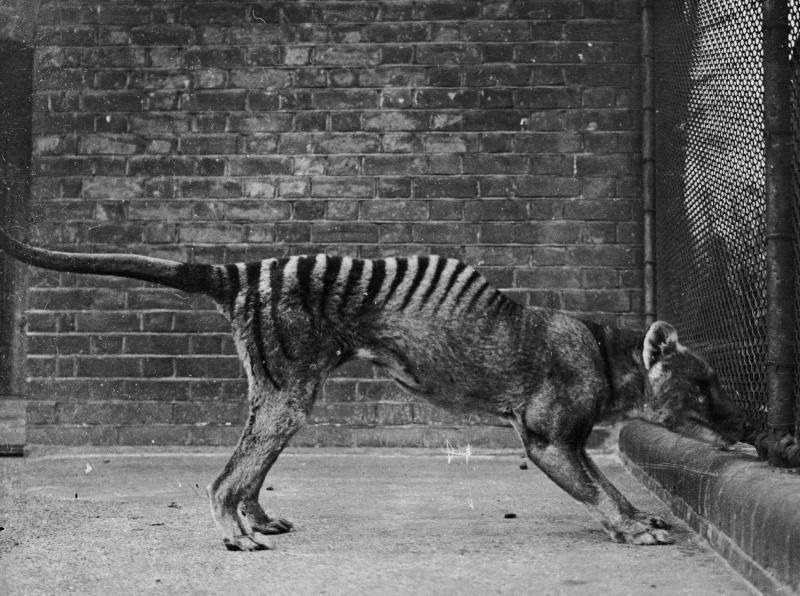
https://www.ibtimes.com/ VICE channel on Youtube -
There were 500,000 rhinos in the wild at the beginning of the 20th century. There are roughly 27,000 at this time. Due to human poaching, the Northern White Rhino is essentially extinct, while the Javan, Black, and Sumatran rhinos are all considered critically endangered. However, things don't have to be that way.
There are only two Northern White Rhinos left in the world, a mother and daughter pair, so if things continue as they are, when they pass away, there won't be any more. However, the species' extinction wasn't due to natural causes, thus preserving them through research is a noble goal. Twelve healthy living embryos that can be used in the future to perpetuate the species have already been developed by scientists.
Both females have had their eggs collected, and now-deceased male sperm was used. However, neither female was capable of giving birth, necessitating the adoption of a surrogate mother from a closely related species.
Teams from Germany to Kenya are participating in the efforts to restore the species. The sensitive process requires time and won't be simple. The embryos must still be implanted and carried to term, and the newborn rhinos must then demonstrate their ability to survive. Although there is yet hope, the lengthy path is reason for celebration.Kingdom: Animalia
Phylum: Chordata
Class: Mammalia
Order: Perissodactyla
Superfamily: Rhinocerotoidea
Family: Rhinocerotidae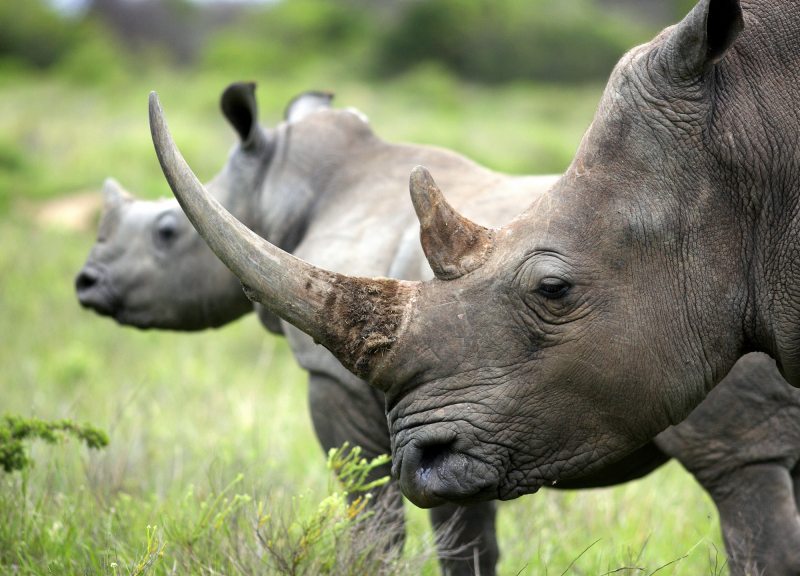
https://www.tasafaris.com 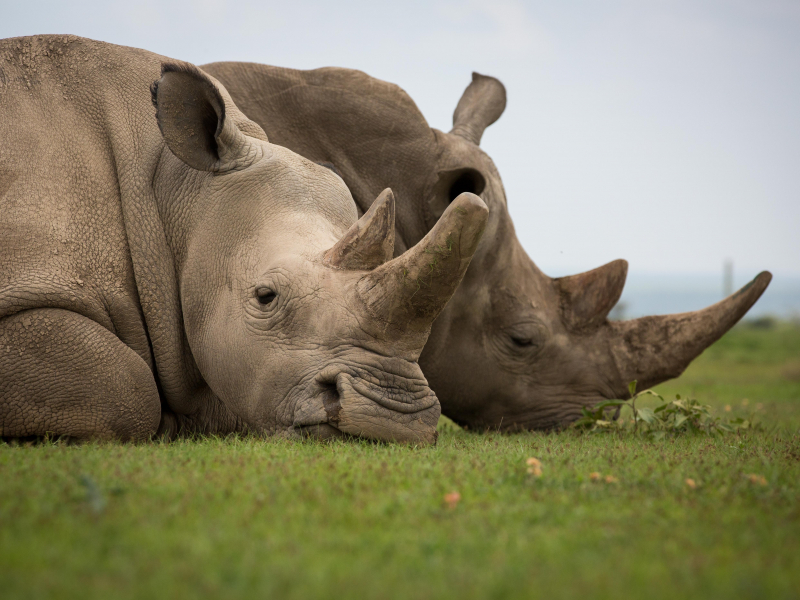
http://www.ladbible.com/ -
Is there anything purer than a mother taking care of her young in the wild? One of the universal concepts that transcends species boundaries is motherhood. Naturally, some mothers are creepier than others. Which takes us to the frog that broods in its stomach.
The mother of this species, which was first discovered in the 1970s, swallows the fertilised eggs and utilises her own stomach as a womb to carry the young to term. Inside their mother, the eggs hatch and even develop into tadpoles. Then, when they grow little arms and legs, their mother barfs them into the world in a birthing ritual fit for any upcoming horror film that wants to exploit that as an inspiration.
Scientists in Australia succeeded in reviving the gastric-brooding frog in 2013, after the species had been extinct for nearly 30 years as a result of a fungus that decimated them. Which means scientists used the DNA they had on hand to produce a viable embryo. But rather than a genuine resurrection, it was more of a proof-of-concept experiment.
However, the fact that it was successful was positive, and scientists are still working to bring the species back to life. Somatic cell nuclear transfer will be used to insert DNA from the extinct creatures into a frog egg, giving the species a chance to make a comeback.
Kingdom: Animalia
Phylum: Chordata
Class: Amphibia
Order: Anura
Family: Myobatrachidae
Genus: †Rheobatrachus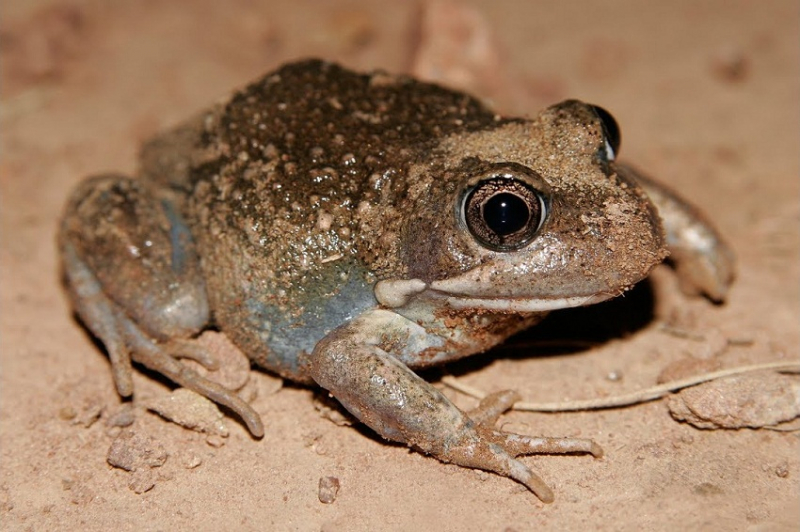
https://www.extinctanimals.org Gross Science channel on Youtube































